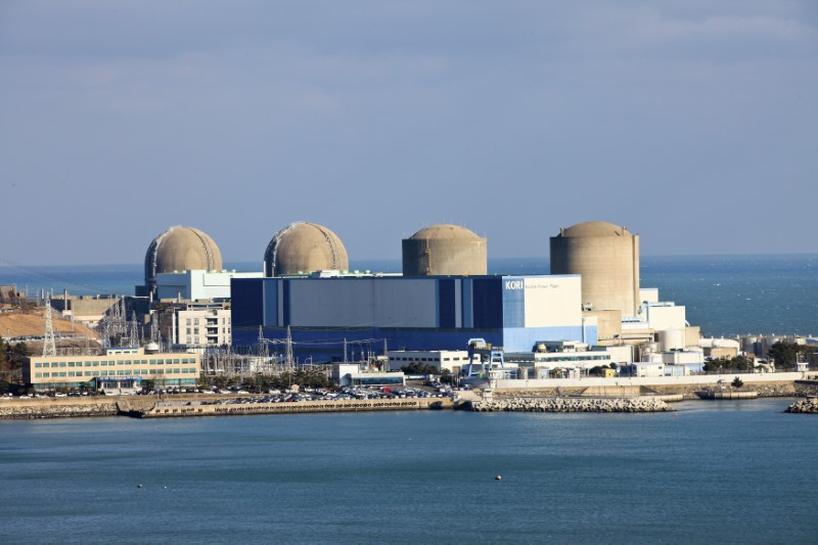The earth is burning. Every summer, humid climate and high temperature make the body temperature soar to unbearable. The wildfires in long-term drought areas around the world are getting worse every year. Scientists seem to have foreseen that the extreme situation will be irreversible.
As humans prepare to live in a hot world with increasing numbers of extreme weather events, more and more scientists have begun to wonder in recent years whether it is possible for humans to migrate and colonize underground as a measure to adapt to climate change.
Table of Contents
The Old-Worlds Systems
Humans have historically lived underground for millions of years, but only intermittently, perhaps to escape war or winter. The Cappadocia Underground City in Turkey is a very famous World Heritage Site. The local temperature is only 0 degrees in winter and 30 degrees in summer, but the temperature in the underground city can be kept at 13 degrees. Now the underground tunnels are used by residents to preserve fruits and vegetables.
According to modern records, 60% of the population of the opal mining towns in South Australia still live underground. The advantage of living underground is that the temperature is very stable and does not require heating and cooling. The mining towns in South Australia can be as hot as 50 degrees in summer and 50 degrees in winter. It’s only 2 degrees, but the underground can maintain a comfortable temperature of 23 degrees.
The most well-known underground city is in Montreal, Canada. The 32-kilometer-long underground city RÉSO connects offices, retail stores, hotels and schools on the ground so that people do not have to be exposed to the severe cold climate.
The risks of living underground
The author of “Underground: Human History of the World Below Our Feet” said that biologically and physiologically, human beings are not suitable for living underground, but sometimes we retreat underground, for example, if there is no material to build a house, they will dig Underground houses, in places with extreme climates, people go underground to escape the heat in summer and to keep warm in winter. The underground is also a safe place to hide from the enemy.
But living underground is usually a last resort, and human beings have no history of living underground for a long time. Studies have found that humans who live underground for too long without sunlight can sleep for up to 30 hours at a time, and also suffer from considerable mental stress in the process.
Disruption of the circadian rhythm can also lead to various health problems. In addition, another risk of living underground is flash floods, and climate change may bring more extreme weather events such as typhoons and heavy rainfall.
Technology can replace natural conditions
But scientists believe that these negative conditions can be solved using technology. They believe that LED lights that provide ultraviolet wavelengths can replace sunlight, and indoor farming techniques can also simulate natural conditions.
A study suggests that Russian cults can survive underground for long periods of time, thanks in part to vitamin D-rich foods. Many people also seek artificial sunlight to soothe negative emotions during the low-sunlight winter season in high-latitude countries.
Or create an outdoor natural environment. For example, scientists in Antarctica use laboratory greenhouses to provide green spaces. Sounds and smells can also be simulated to stimulate positive emotions.
With some careful design, living underground doesn’t mean ignoring the sun. Singapore’s dungeon plans feature wide shafts that bring daylight into the layered depths.
New York originally planned to build the world’s first underground park, which would also introduce natural light, as well as plant trees and green spaces.
The hardest job is persuading
But before humans move underground in large numbers, there may be adventurers who dare to experiment, such as astronauts who enter the International Space Station, or scientists who have been stationed in the Antarctic experiment base for a long time. These extreme environment experts need to have some characteristics. Experience the desire and drive to be open and to change the status quo.
These explorers can first establish life patterns in extreme environments, and then spread the message of underground life through educators, so that people can imagine that they can adapt to underground life one day and are willing to adopt new behavior patterns.
Experts believe that as long as there is good design and a lot of psychological support, humans can live underground, and optimists predict that within at least 30 years, there will be more underground working environments and more underground entertainment venues.
Psychologists who specialize in underground psychology say the technology needed to live underground already exists and the challenge is convincing people to move underground. If technology and culture can support space life, it can also be applied on our own planet.




